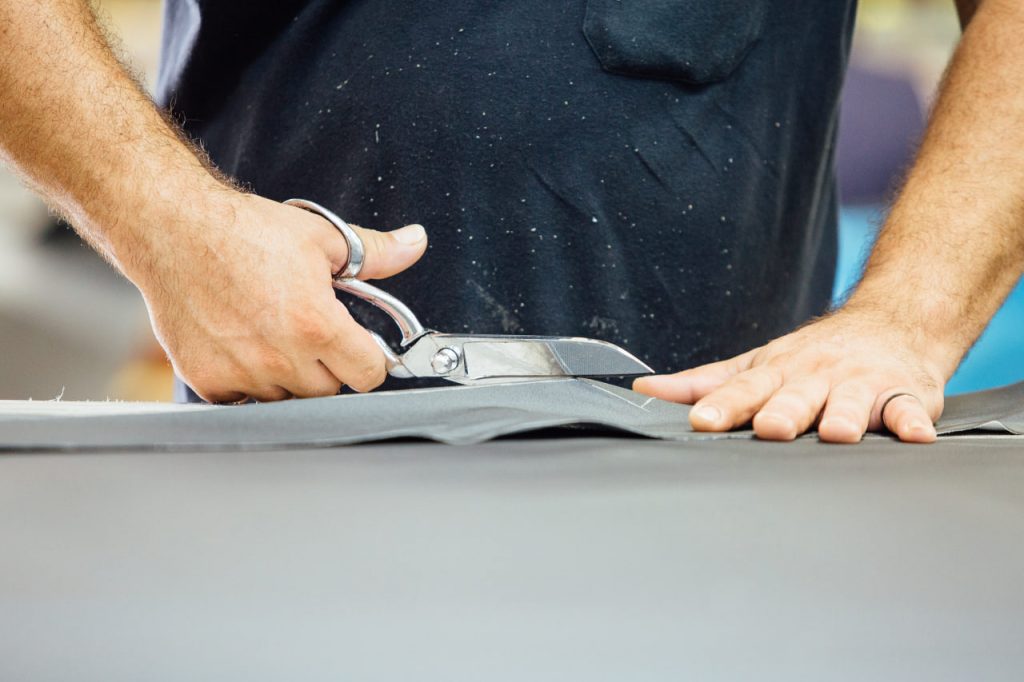If you’ve ever dreamed of becoming a fantasy hero or building your own battle-ready costume, creating your own armor might be the perfect creative journey. The good news? You don’t need a forge, blacksmith tools, or years of experience to get started. With modern materials like EVA foam and leather, anyone can craft impressive, wearable armor from home. Here’s how to begin your adventure into fantasy armor crafting.
Choose Your Materials Wisely
The two most popular materials for armor-making are EVA foam and leather — and for good reason. EVA foam is lightweight, flexible, affordable, and easy to cut and shape with simple tools. Leather adds a realistic touch and is ideal for straps, accents, and decorative panels.
Start with 5–10mm high-density EVA foam, a utility knife or box cutter, contact cement, and a heat gun for shaping. For leatherwork, a basic set of hole punches, rivets, and edge tools is enough to begin with.
Start Small: Bracers, Spaulders, or Belts
Instead of launching into a full chestplate or helmet, start with a smaller, manageable project like arm bracers or shoulder spaulders. These pieces will help you learn the basic techniques of cutting, shaping, and attaching parts without becoming overwhelmed.
Sketch your design on paper first, or use free online templates. Trace the pattern onto your foam, cut carefully, and use heat to bend the shapes. Assemble using contact cement and reinforce the look with faux rivets or leather trim.
Learn the Basics of Weathering and Painting
What makes fantasy armor look realistic isn’t just the shape — it’s the surface. A good paint job adds depth and character. Begin with a base coat of black or dark grey, then dry brush metallic paints (silver, bronze, gold) to highlight edges and textures. Add battle damage, rust effects, or faux aging using acrylic washes.
For leather, you can use dyes and burnishing tools to give it an aged, medieval look.
Safety First
When working with heat tools, glues, and paints, always make sure to ventilate your workspace. Wear gloves and a respirator mask if needed, especially when using contact cement or heat guns.
Keep Practicing and Document Your Progress
Armor-making is a skill — and like any skill, it improves with time. Each piece you create will teach you something new. Take progress photos, reflect on what worked, and don’t be afraid to remake earlier designs as your abilities grow.
Take a Workshop (or Two)
At Fantasy Armor Craft, we offer beginner-friendly workshops where you can learn all of this hands-on — from cutting your first foam plate to completing a fully wearable costume element. Our instructors guide you every step of the way, and you leave with a finished piece and the confidence to create more.

